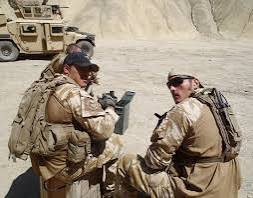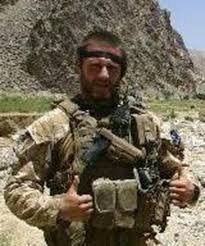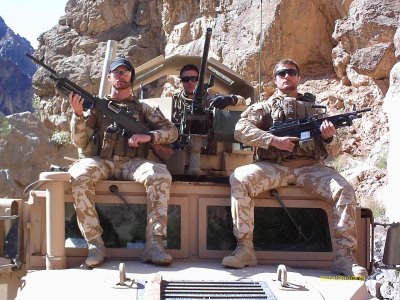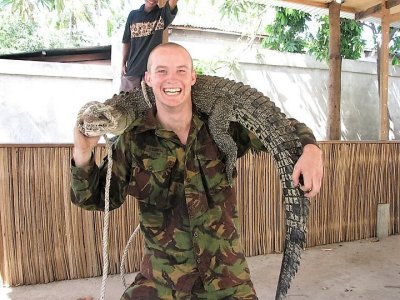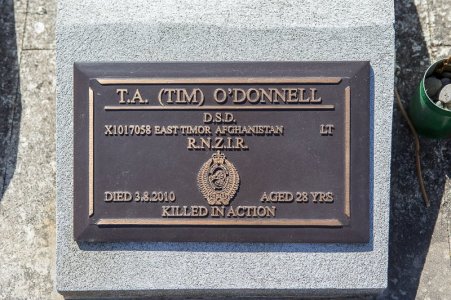TheFiend
Elite
Dedicated to the men and women who directly experienced the war in Afghanistan.
TL/DR: In all seriousness, and with all due respect, I would like to encourage those who were actually on-the-ground to consider sharing first-hand experiences of what really went on in Afghanistan.
Basically I'm interested in everything from even the most mundane daily goings-on right through to the most outrageous experiences—in as much or as little detail as you're comfortable with sharing publicly.
To start off, briefly outlined below are:
Feel free to skip the doco &/or general questions and jump straight in to pose your own questions or share your own first-hand experiences of course.
Thread Objectives:
General Rules:
Link to Bodyguard of Lies²⁰²⁵ doco:

 ww7.123moviesfree.net
Synopsis: Exposes a tangled web of deception spun by the U.S. government during it's 20-year war in Afghanistan, revealing a campaign of lies and misinformation fed to the American public. Through shocking testimonies from government insiders, confidential documents, and private audio recordings of those at the highest levels of the military and elected leadership, this gripping documentary urges a reckoning with the wider implications of government deception on a global scale.
ww7.123moviesfree.net
Synopsis: Exposes a tangled web of deception spun by the U.S. government during it's 20-year war in Afghanistan, revealing a campaign of lies and misinformation fed to the American public. Through shocking testimonies from government insiders, confidential documents, and private audio recordings of those at the highest levels of the military and elected leadership, this gripping documentary urges a reckoning with the wider implications of government deception on a global scale.
General Questions(for servicemen/women):
TL/DR: In all seriousness, and with all due respect, I would like to encourage those who were actually on-the-ground to consider sharing first-hand experiences of what really went on in Afghanistan.
Basically I'm interested in everything from even the most mundane daily goings-on right through to the most outrageous experiences—in as much or as little detail as you're comfortable with sharing publicly.
To start off, briefly outlined below are:
•2 primary thread objectives;
•3 general rules;
•A link to the Bodyguard of Lies²⁰²⁵ doco;
•And 11 (optional) general questions-(specifically intended for servicemen/women that will (hopefully) encourage initial participation with an opportunity to provide some basic military background insights.)
Feel free to skip the doco &/or general questions and jump straight in to pose your own questions or share your own first-hand experiences of course.
Thread Objectives:
1. Provide a space to respectfully pose questions to—or share first-hand accounts of the true realities directly experienced on-the-ground by—those who were actually there.
2. Bypass the official sources/polished public narratives in preference for developing a TFSF source based on real-world first-hand insights of the men and women who were actually there.
General Rules:
a) No political or antagonistic bullshit.
b) Be reasonable, respectful & objective.
c) Overall, just don't be a dick.
Link to Bodyguard of Lies²⁰²⁵ doco:

Bodyguard of Lies Full Movie Watch Online 123Movies
Bodyguard of Lies full movie watch online on 123movies, watch Bodyguard of Lies movie online.
General Questions(for servicemen/women):
•What branch were you in?
•What was your role in the military?
•What made you decide to serve?
•What did you learn during your time in the military?
•What do you miss most about serving?
•What was your proudest moment while serving?
•Did you have a nickname in the military?
•What’s one thing about military life that surprised you?
•How did your service shape what you do today?
•What was it like coming home?
•What do you wish more people understood about veterans or military life?

